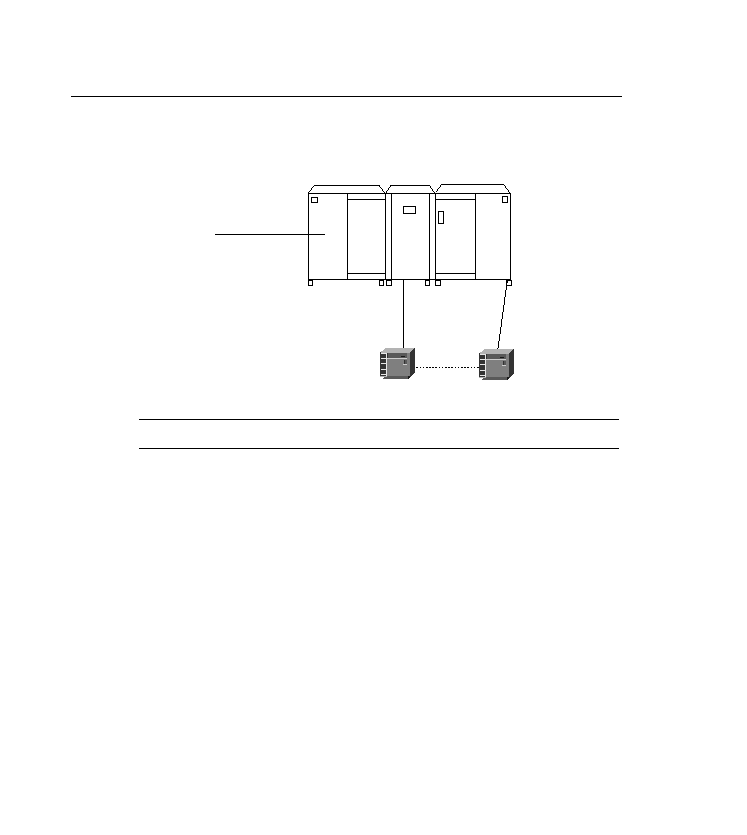
concept called APPN was developed to improve communications in the SNA network. APPN
is discussed in the next chapter. This section discusses the concepts of SNA subareas, along
with some of the differences with APPN.
domain concept. Subarea nodes are mainframes and front-end processors. An example of a
peripheral node is a cluster controller.
mainframe connected to a FEP would not be considered a subarea because the FEP is not a
peripheral node; it is a subarea node. A subarea consists of one subarea node (think mainframe)
and all the resources it controls. A subarea node is a node (think mainframe, front-end
processors) that can communicate with other subarea nodes (think front-end processors) and its
own peripheral nodes (think cluster controllers, PCs, printers, and so on). Figure 12-5 shows
several subareas, each controlled by a subarea node.